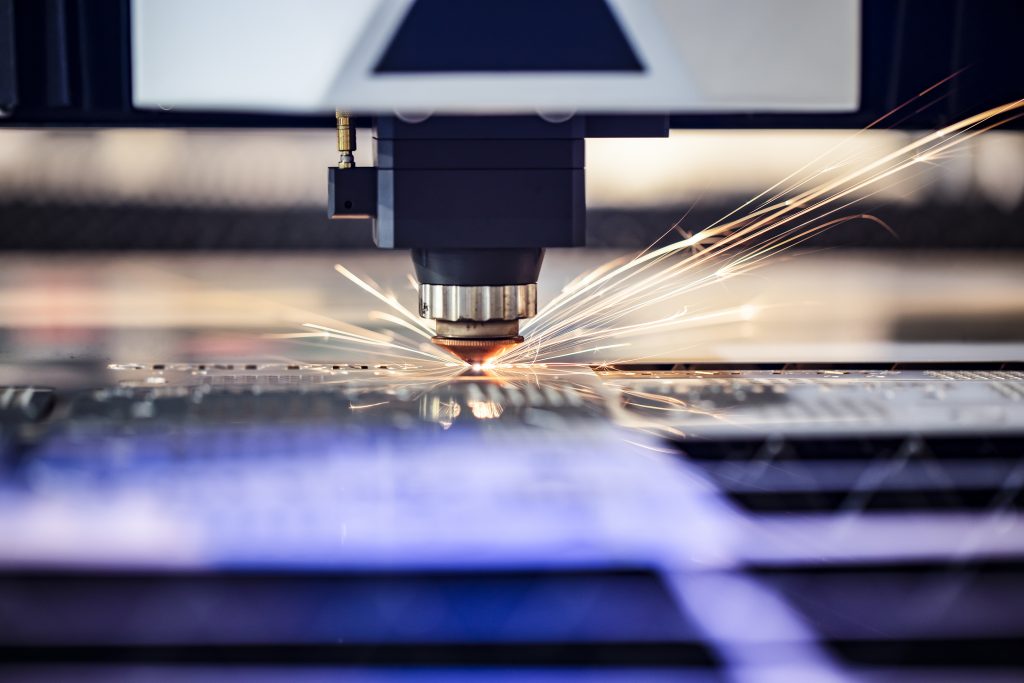Laser cutting procedure has been generally perceived as the most practical answer for accuracy cutting a wide assortment of materials in wanted size and shape. It is considered as a cutting edge strategy to cut hydro-framed parts and cylinders, meager sheet metals and thick-segment materials in an exact way.

The method offers many benefits over conventional plasma cutting and has recognized as the most exact cutting strategy accessible today. This cutting innovation gives favored cutting without hampering or distorting the work-piece. Diverse industry and assembling areas generally utilize laser shaft cutting innovation to cut:
Plastics including Acrylics, ABS, Lucite, Plexiglass, Mylar, Kapton tape and styrene
Wood items like pencils, wooden adornments, wood photo placements, and furniture
XPS froth for RC planes, Depron froth, polyethylene (PE), polypropylene (PP), Styrene.
How it functions
A focused energy laser pillar is created in the laser source and is coordinated towards the work piece utilizing mirrors set in unmistakable positions. This extraordinary laser shaft is then focused by a focal point to a little right on target the outer layer of the material to be cut. The extreme focus laser bar rapidly warms up and liquefies the work piece. In this stage, wanted cutting gas otherwise called help gas is applied to safeguard and cool the centering focal point.
Contingent upon the kind of cutting gas utilized, laser cutting is arranged into two. They are:
Cutting with Oxygen – By involving Oxygen as help gas, the material is warmed up to start temperature by laser shaft and afterward gets singed and disintegrated.